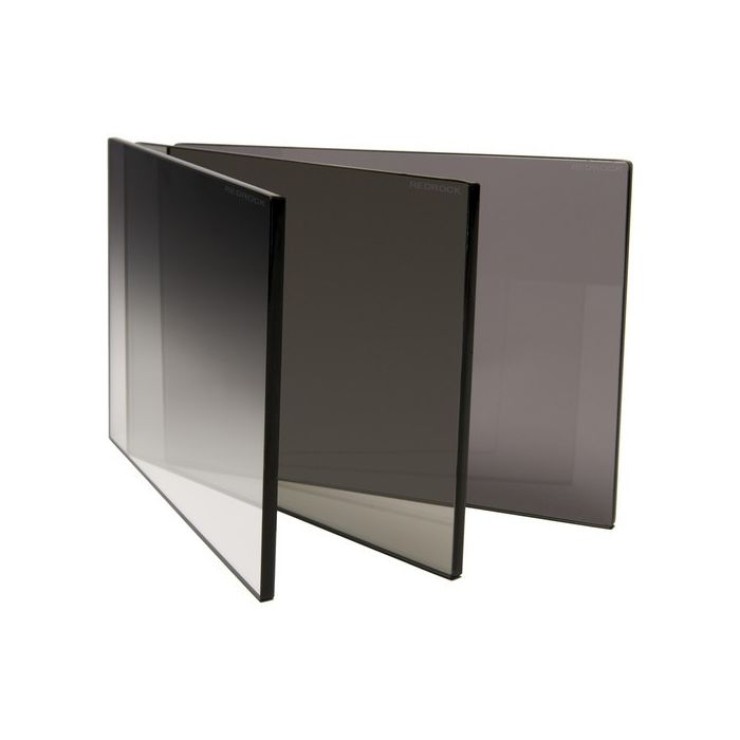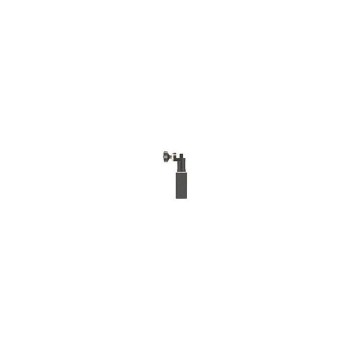
Request For Price
The Redrock microFilter Set is useful when you shoot outdoors. For the nature shooter, these filters are a necessity and should be a part of your gear bag.
Category:
Fujinon
SKU:
10



